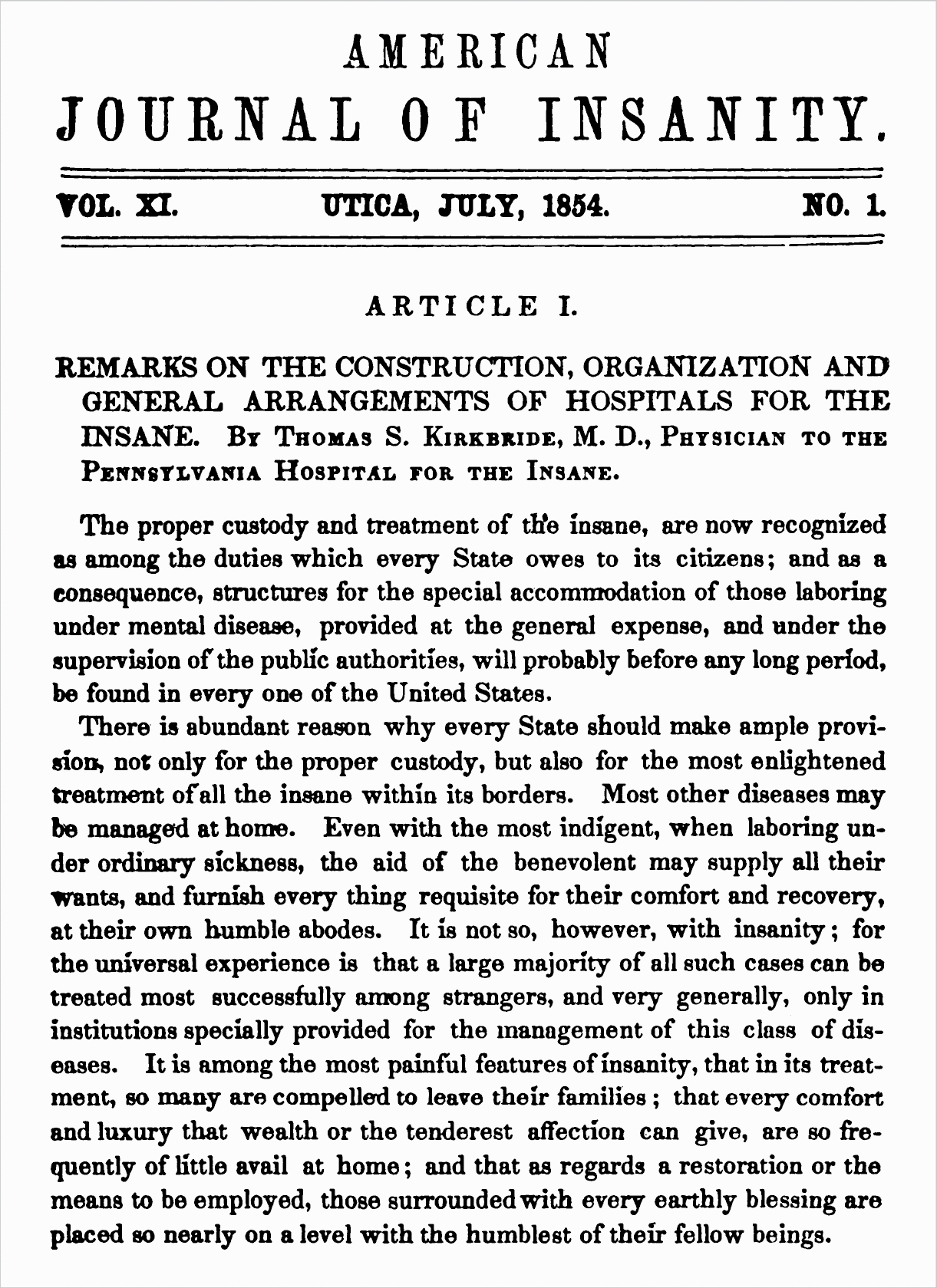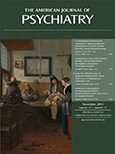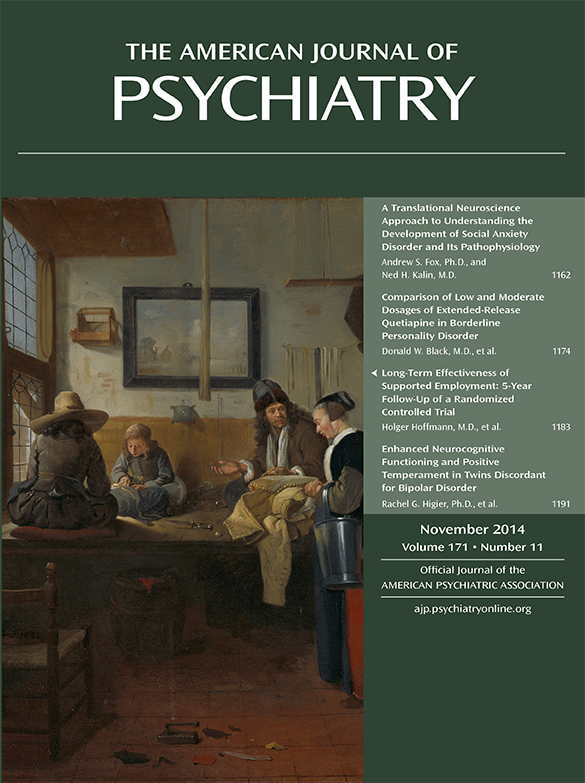Dr. Thomas Story Kirkbride (1809–1883) advocated for humane hospitals for the mentally ill, with fresh air, light, and an ethos of therapy by environment. In the 19th century, his “Kirkbride Plan” was propagated throughout the United States (see figure on next page). West Virginia's Trans-Allegheny Lunatic Asylum is a gem of the Kirkbride tradition. Designed by Richard Snowden Andrews, the asylum is still celebrated as one of North America's largest hand-cut stone buildings (figure above). When construction began in the 1850s, the asylum was to hold 250 patients; a century later, at America’s apex of psychiatric hospitalization, nearly 10 times that number crowded its rooms and gardens. When the Weston State Hospital (as the asylum was known by then) finally closed in 1994, the grounds entered Kirkbride purgatory, where few buildings have escaped cranes and bulldozers (
1–
3).
Enter an investor from Morgantown, who restored the classic name and began running “ghost tours,” which have since expanded to all-night, $100-a-person flashlight safaris, complete with EMF detectors and the occasional television crew (
3). At its best, the asylum-ghosting industry offers a constructive response to what has been called “stigmatization of place” (
4)—building historical awareness, creating jobs, and keeping dwindling numbers of Kirkbrides upright. On the other side lies what a scholar of the notorious Pennhurst State School has called a “commercial playground of fetishized disability” (
5), which glibly ignores the “haunting” known only to patients and families.
Forty miles southeast of the Trans-Allegheny Lunatic Asylum is an institution nearly as old, but with no room for ghost hunters. Huttonsville Correctional Center is the oldest, largest prison in West Virginia, employing hundreds of people and housing more than 1,000 prisoners (
6). Although the two institutions’ specific demographics are incomparable—even pristine population data from their overlapping years would be mooted by their different catchment areas—the Huttonsville Correctional Center and Trans-Allegheny Lunatic Asylum represent a national trend of
trans-institutionalization. From the 1930s to the 2000s, America slowly inverted the numbers of people in prisons and psychiatric hospitals, such that the former now outweighs the latter by around 20 to 1 (
7). Within this demographic shift was a move toward treating mentally ill law breakers as criminals first, and patients second. The steep trans-institutionalization of the 1980s and 1990s, in particular, led psychiatrist James Gilligan to declare in 2001 that “the prison has become the last mental hospital” (
8). Concomitantly, the state hospital has become the next haunted house.



